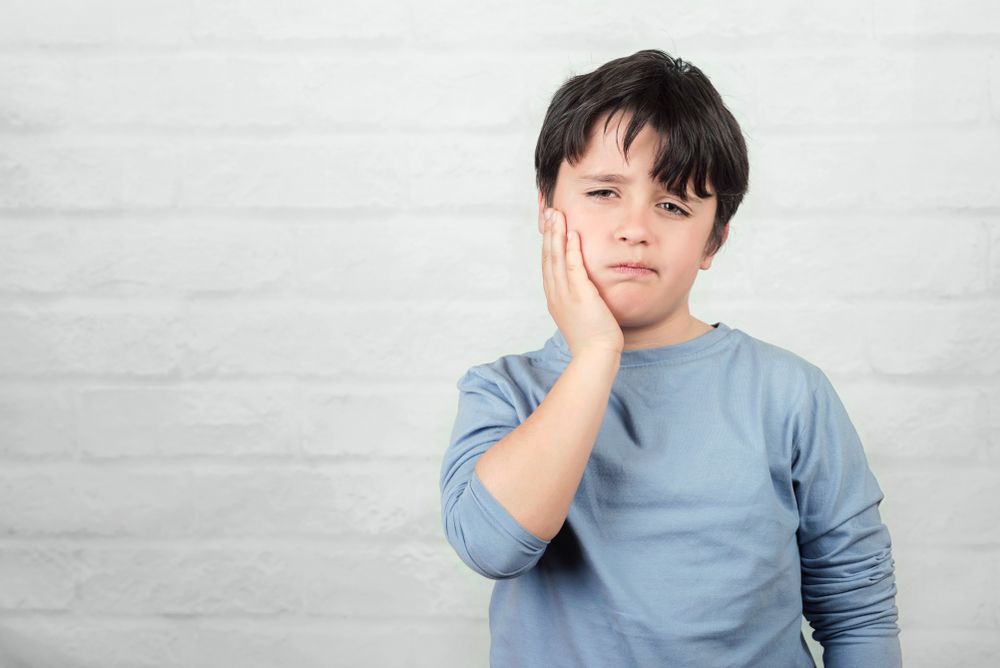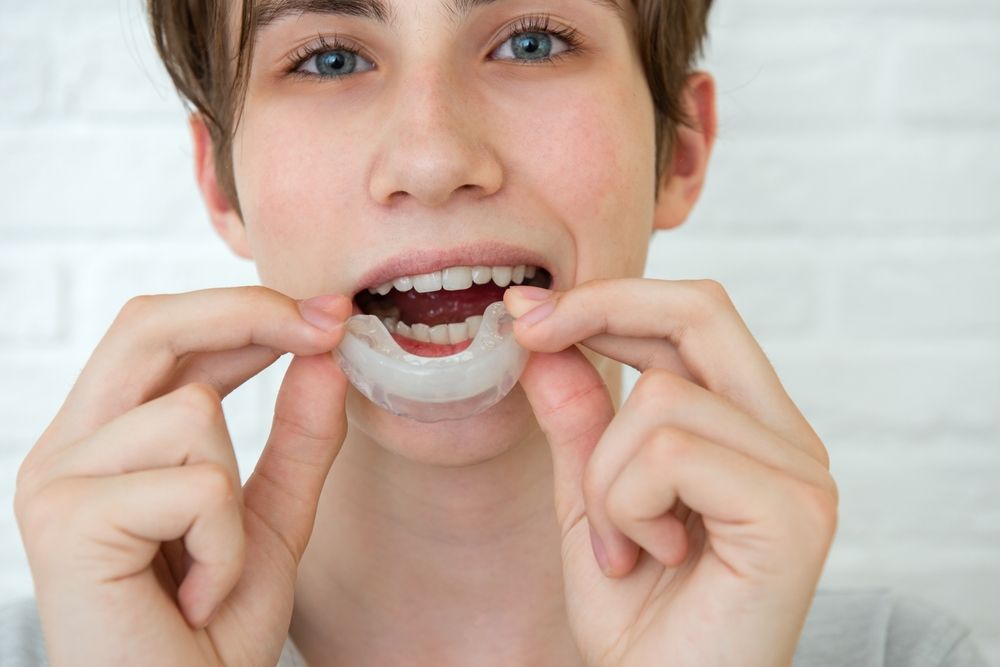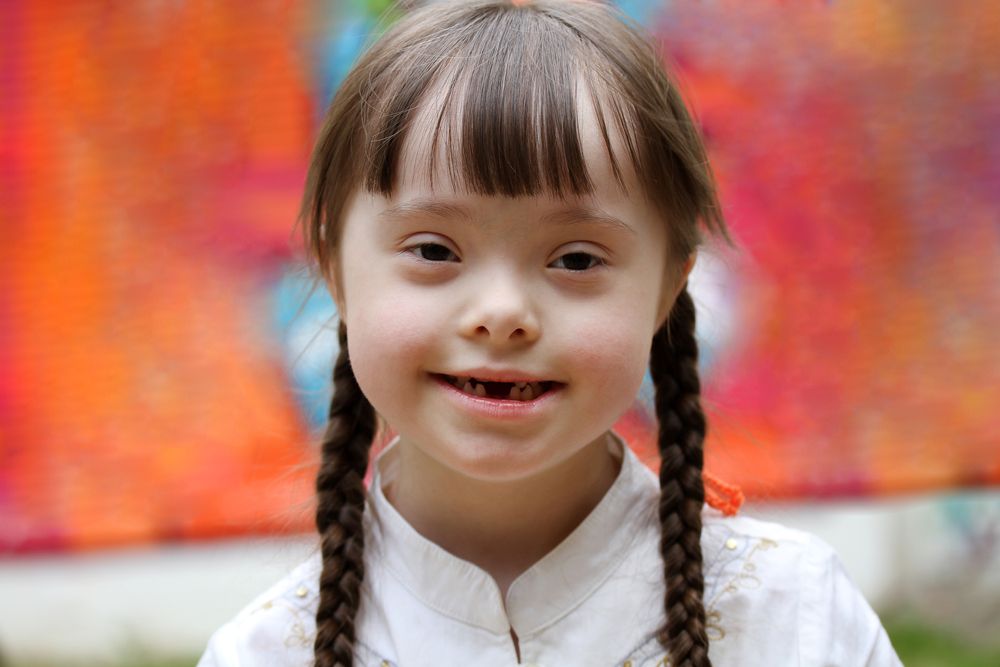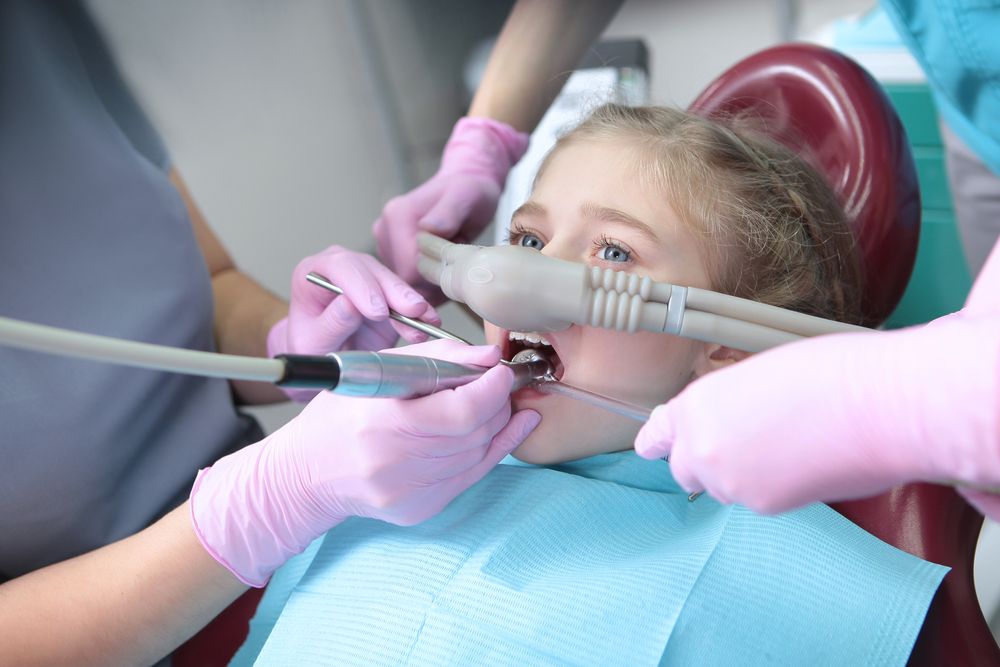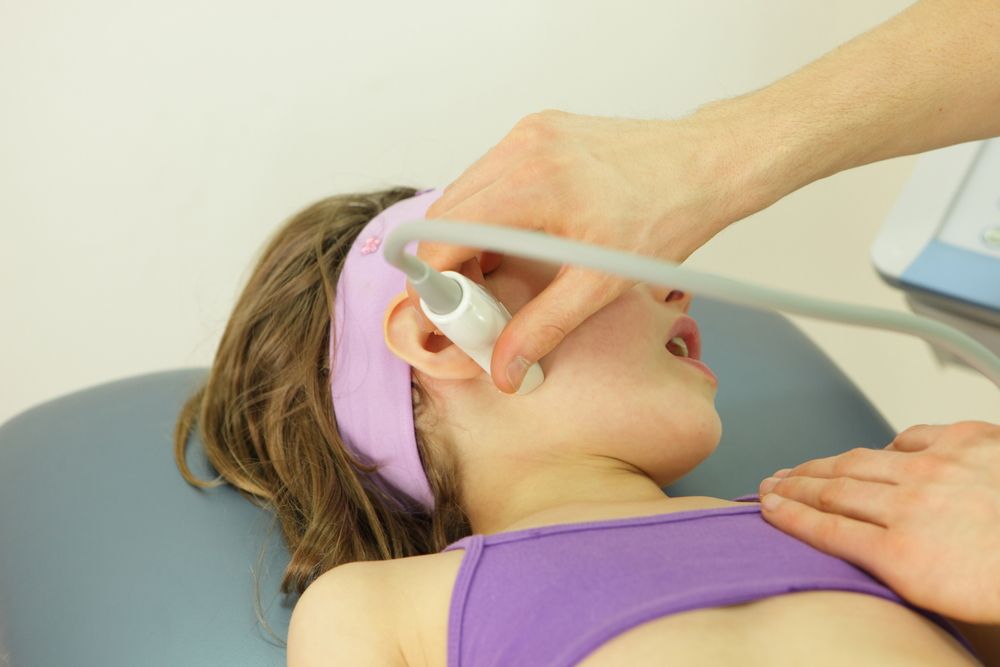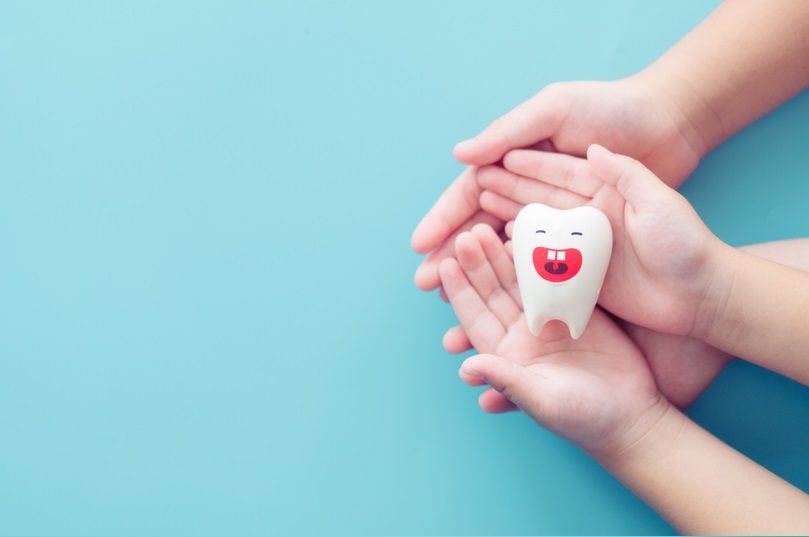Children are naturally energetic and curious, making falls and accidents a common part of their everyday activities. Unfortunately, dental trauma is a frequent result of these mishaps, ranging from chipped teeth to more severe injuries like knocked-out teeth. Quick, appropriate action following dental trauma can make a significant difference in preserving the affected tooth and minimizing long-term complications. Dr. Shawn Taheri, DDS, at Dentistry for Children and Young Adults in San Jose, CA, emphasizes the importance of being prepared for dental emergencies, especially for families with young or special needs children who may be at higher risk of injury.
Dental injuries can occur during sports, playtime, accidents at home, or even during routine activities. Knowing how to respond immediately can reduce the risk of infection, permanent tooth loss, or the need for complex restorative procedures later. Parents and caregivers should familiarize themselves with basic dental first aid principles and maintain a calm approach during emergencies to provide the best support for their children.
Common Types of Dental Injuries in Children
Dental trauma in children can vary widely in severity, from minor cosmetic issues to critical injuries requiring emergency intervention. Some of the most common types of dental injuries include:
- Chipped or fractured teeth
- Knocked-out (avulsed) teeth
- Displaced or loose teeth
- Soft tissue injuries to the lips, cheeks, or tongue
- Cracked roots or internal tooth fractures
Each type of injury requires a different response, and the urgency of treatment can vary. Permanent teeth require immediate action to increase the chances of saving the tooth, while injuries to primary (baby) teeth still warrant prompt professional evaluation to protect the health of the underlying permanent teeth and surrounding structures.
Immediate Steps to Take After a Dental Injury
When a dental injury occurs, the actions taken in the first few minutes can greatly influence the outcome. Parents and caregivers should follow these general guidelines based on the type of injury:
- For a knocked-out permanent tooth: Rinse the tooth gently with saline or milk if dirty, but avoid scrubbing. Hold it by the crown (not the root) and attempt to reinsert it into the socket if possible. If not, place it in a container of milk or saline and seek immediate dental care.
- For a broken or chipped tooth: Collect any tooth fragments and store them in milk or saline if possible. Rinse the child’s mouth with warm water and apply a cold compress to reduce swelling.
- For displaced teeth: Avoid repositioning the tooth yourself. Apply gentle pressure to control bleeding and contact a pediatric dentist immediately.
- For soft tissue injuries: Rinse the mouth with warm salt water and apply pressure with a clean cloth or gauze to control bleeding. Seek dental or medical attention for deep cuts or uncontrolled bleeding.
Remaining calm, reassuring the child, and seeking timely professional care are key to successful outcomes after dental trauma.
When to Seek Emergency Dental Care
Not every dental injury requires an emergency room visit, but certain situations call for immediate professional intervention. Parents should contact a pediatric dentist right away if:
- The tooth has been completely knocked out (avulsion)
- There is uncontrolled bleeding that does not stop after 10 minutes of pressure
- The child is experiencing severe pain or visible facial swelling
- There is suspicion of jaw or facial bone fractures
- A permanent tooth has been significantly displaced or loosened
Dr. Shawn Taheri and his team are trained to handle pediatric dental emergencies and can guide families through urgent care needs. Quick access to specialized care can prevent complications like infection, permanent tooth loss, or the need for extensive future treatments.
The Role of Pediatric Dentists in Dental Trauma Management
Pediatric dentists like Dr. Taheri are equipped with the expertise and tools necessary to assess, diagnose, and treat dental injuries in children. After an emergency visit, a thorough examination—including dental X-rays—will help determine the extent of the damage and guide treatment decisions. Treatment may involve splinting a displaced tooth, performing root canal therapy for damaged pulp, or managing soft tissue injuries to ensure proper healing.
Dr. Taheri’s experience working with young and special needs patients ensures that care is delivered gently and effectively, minimizing additional stress during an already frightening experience. In cases where long-term monitoring is necessary, such as after a significant injury to developing teeth, follow-up visits will be scheduled to track healing and address any emerging concerns.
Preventing Dental Trauma in Children
While not all accidents are avoidable, certain preventive measures can significantly lower the risk of dental injuries in children. Dr. Taheri recommends the following strategies:
- Use mouthguards during sports: Children participating in contact sports or activities like biking and skateboarding should wear properly fitted mouthguards to protect their teeth.
- Childproof the home: Install safety gates, secure furniture, and add padding to sharp corners to minimize falls.
- Encourage safe play practices: Teach children safe ways to play and avoid running with objects in their mouths.
- Regular dental visits: Routine check-ups allow early detection of any risk factors, such as unstable primary teeth that could easily be injured.
Creating a safer environment and emphasizing injury prevention strategies at home and school can greatly reduce the likelihood of dental trauma.
Special Considerations for Children with Special Needs
Children with special needs may face additional risks for dental trauma due to differences in mobility, balance, or sensory processing. Proactive dental care planning and specialized preventive measures are critical for these children. Dr. Taheri and his team offer customized advice and protective equipment solutions for families to help safeguard their child’s oral health.
Behavioral adaptations, environmental modifications, and personalized mouthguard fittings are among the strategies used to create a comprehensive prevention plan. Communication between caregivers and the dental team is essential to ensure the child’s unique needs are met, both in everyday situations and in emergency scenarios.
Resources:
- Andersson, L. (2013). Epidemiology of traumatic dental injuries. Journal of Endodontics.
- Glendor, U. (2009). Epidemiology of traumatic dental injuries—A 12-year review. Dental Traumatology.
- Flores, M. T., Andersson, L., Andreasen, J. O., et al. (2007). Guidelines for the management of traumatic dental injuries: 1. Dental Traumatology.
